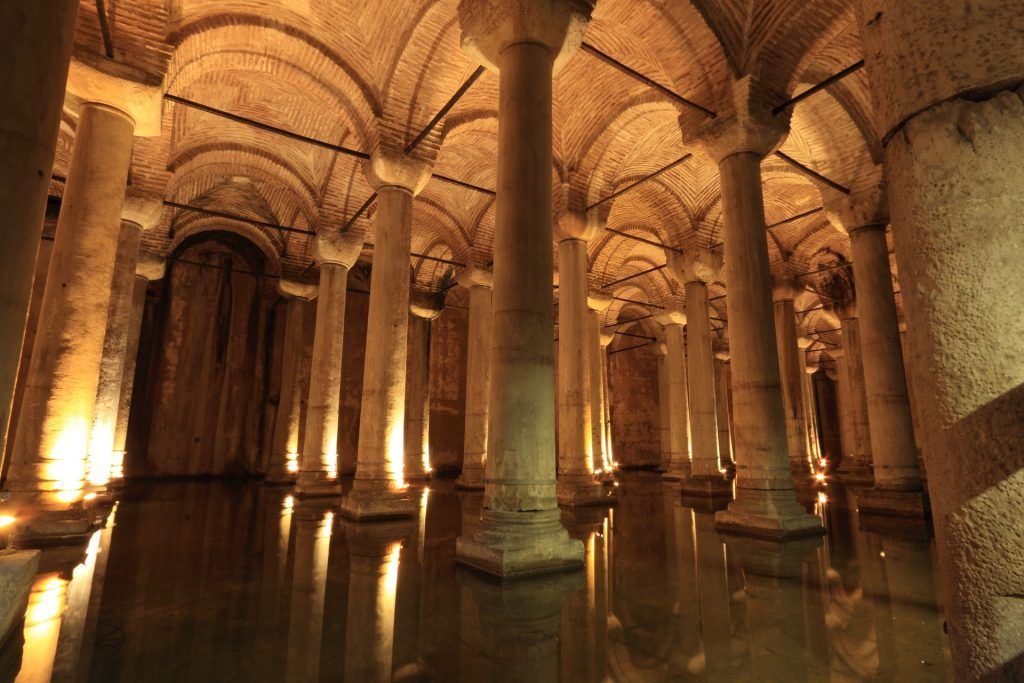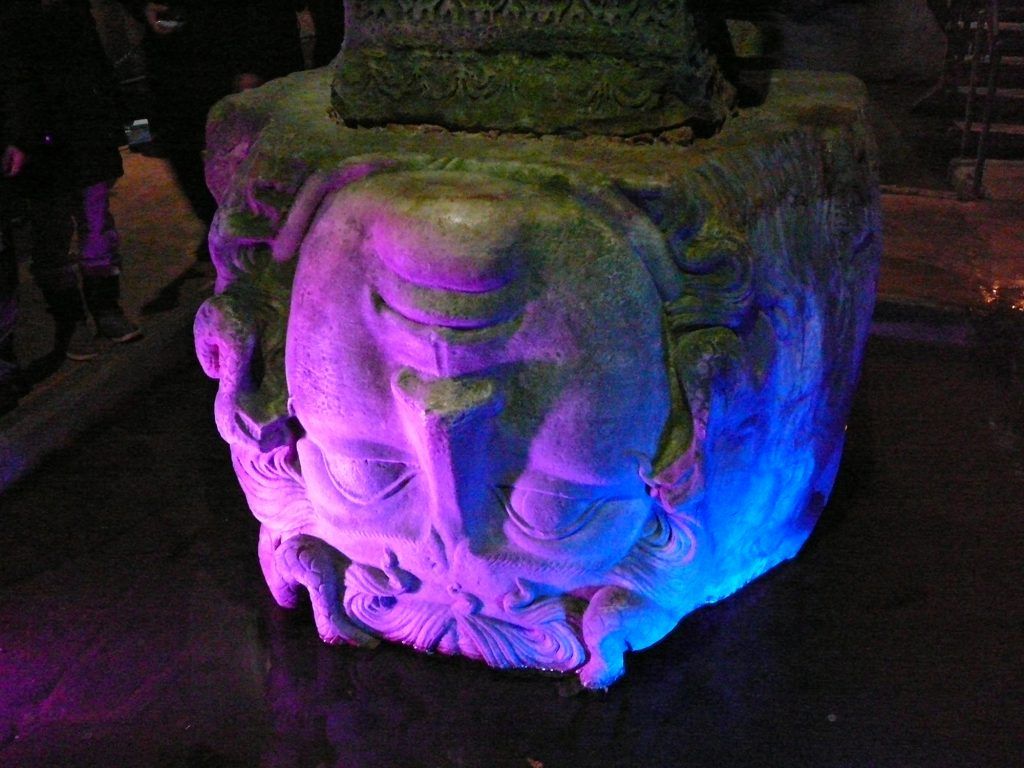An Ancient Roman Solution To Our Water Crisis
So Auckland has a water shortage. Again. Hard to believe considering we have an average rainfall of 1,284mm per year, 14 water reservoirs capable of holding over 100 gigalitres (or 100 billion litres of water) plus a pipe spewing the stuff directly from the Waikato River. Sure, there may have been a touch less rain this year than normal (except whenever I plan a barbeque), but you wouldn’t exactly call New Zealand a dry country. Aotearoa isn’t called the ‘Land of the Long Parched Desert’ – it rains here heaps and that’s what makes our lawns green, our weeds grow and our sky grey all the damn time.
But rather than cut back on the absolute necessities in life, i.e.; our executive carwashes, private swimming pools and tinkling garden water features, perhaps we could look to the ancient Romans for clues on how to get around this pesky problem. For example; Constantinople – known popularly these days as Istanbul – has to deal with a rainfall barely more than half of ours at a miserable 747mm per year. I weep more liquid than that at a single Warriors match!
Now, not only did the ancient Byzantine capital have low rainfall but it also had a not-insignificant water-guzzling population of around 400,000 even as far back as the 6th century – which is way before the invention of those mega Caterpillar Wheel Tractor-Scrapers we rely on to make our water reservoirs today. Plus, they also had the slight issue of being regularly sieged by would-be (and sometimes successful) attackers. Basically, this meant armies behaving like the bully who waits outside the brainy kid’s house so he can beat him up when he finally comes out. The army would park up outside the city walls and cut off its food and water supplies until the locals, hopefully, surrendered.
The Basilica Cistern

But Byzantine Emperor Justinian I came up with an invention that solved all those problems at once; the Basilica Cistern. Called such due to it being a man-made storage tank and constructed on a site where a basilica (multi-purpose Roman civic building) had been before, the Cistern is a massive 138m x 65m underground reservoir capable of holding 80,000m3 of water. Of course, it wasn’t the only cistern in town – apparently there are hundreds around the city, mostly undiscovered – but it was the biggest and was designed to supply water to the palaces and other important buildings on Constantinople’s First Hill. The Cistern was kept full with fresh water delivered via aqueduct from the lush Belgrade Forest around 20km away and so acted as a handy bulwark against extra dry summers, lengthy sieges and excessive private jacuzzi use.
The weirdest thing about this ancient cathedral-like structure is that – unlike virtually every other famous travel icon like the Great Pyramids, Eiffel Tower, Chrysler Building, etc – it is underground! Which makes it a whole other experience. The first thing you notice is the rather inobtrusive street entrance, more like the old public toilets on Wellington’s Courtney Place than a world-famous tourist destination – but I guess the Byzantines saw it as little more than a utility at the time. After descending 50 odd steps, you arrive in a massive cavern completely dominated by a total of 336 marble columns.
The classical scholars of your group will no doubt quickly note the majority of these are in the Corinthian and Ionic styles, although there are a few Doric thrown in to make sure you are alert. The reason for the mishmash is that they are all recycled from various temples that had been sacked in earlier invasions and no one on the construction team thought anyone would ever bother to come down here again. You can see all the columns thanks to the excellent lighting which, together with the eerie music they were playing when I was there, creates a pretty freaky atmosphere. But, before you worry; the Cistern is not used as a reservoir anymore so the water level doesn’t rise above 20cm which is just enough to complete the experience.

Image credit: Gun Powder Ma
Of course, we’re lucky to be able to experience the Cistern at all and it was closed when the Byzantine Emperors departed Constantinople stage left shortly before the Muslim Conquest. And, because it was underground, everyone plumb forgot about it. In all the excitement of moving in, Sultan Mehmed II (the Conqueror) was sidetracked with hanging new curtains and getting the power bill transferred into his name that he neglected to note some of the utilities included as part of his new property. And so the Basilica Cistern it remained out of sight, out of mind until 1545 when Petrus Gyllius, a Dutch explorer, came calling for a research paper on Byzantine antiquities. Some of the locals told him about dark holes in their basements where they could drop a line and come up with a bucket of fresh water. Some claimed they had even had caught fish from their basements!
Checking out these outlandish claims, Mr Gyllis scrambled around in the rubble until he at last emerged triumphant having rediscovered the Basillica Cistern. The local Istanbul Council were so delighted by this turn of events they immediately designated this rare and ancient find as a dump and it was used as such for the next 440 years – even for corpses!
Thankfully sanity prevailed in the late 1980s and the Cistern was cleaned up and opened for us all to enjoy. And who knows maybe some of the brilliant minds we have in our own civic water distribution industries will see it one day and realise that utilities can be more than just functional entities. Or at least figure out a way to stop us running out of bloody water in a rainy country like ours.

